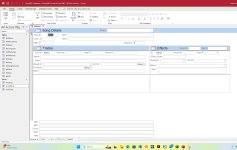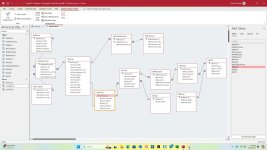Minty
AWF VIP
- Local time
- Today, 05:37
- Joined
- Jul 26, 2013
- Messages
- 10,637
An anology that might help is an invoice with line items and a line discount.
On top of the line discount you might also have an overall Invoice discount.
They are both discounts but applied at different levels.
So your Song is the invoice. The line items are your Tracks, the discount is the Effect.
The additional layer of complexity is that you can have multiple discounts per line, and those discounts can be stored as defined groups. These are your Presets .
Does that explain it correctly?
On top of the line discount you might also have an overall Invoice discount.
They are both discounts but applied at different levels.
So your Song is the invoice. The line items are your Tracks, the discount is the Effect.
The additional layer of complexity is that you can have multiple discounts per line, and those discounts can be stored as defined groups. These are your Presets .
Does that explain it correctly?


